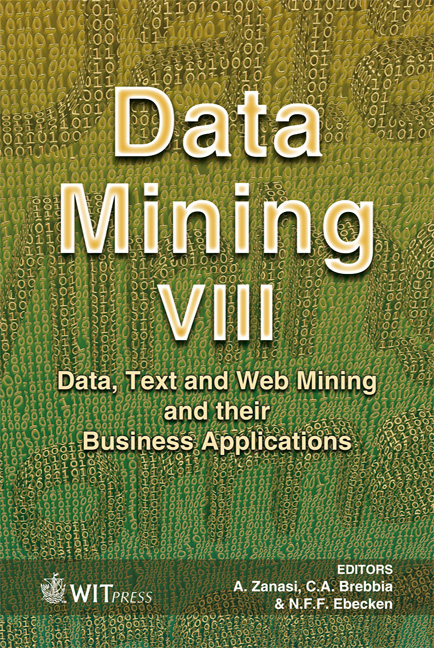A Simple Approach To Temporal Data In Relational DBMS
Price
Free (open access)
Volume
38
Pages
11
Published
2007
Size
371 kb
Paper DOI
10.2495/DATA070121
Copyright
WIT Press
Author(s)
M. K. Crowe
Abstract
Recent articles and research issues suggest that temporal data remains a source of difficulty to database designers and implementers. This paper analyses some of the issues and suggests some mechanisms that could help simplify the problems, notably a new derived column concept for NEXT, a new temporal join operator and temporal predicates CURRENT and AT. However, the suggestions avoid adding any new data types or table types and the language extensions are in the spirit of the SQL standard. The paper includes full details of the proposed specification of these functions in the style of the SQL standard. These specifications are implemented in version 1.2 of the Pyrrho DBMS, an (otherwise) SQL-2003 compliant relational DBMS. Keywords: temporal data, DBMS, relational database, fold, interleave. 1 Introduction Zimanyi [2] includes in his paper an excellent introduction to the history of the SQL/Temporal proposal, and how it did not find a place in as Part 7 of SQL2003 [4], and his article contains numerous examples of temporal data and excellent accounts of how temporal manipulations of such data can be effected using standard SQL. He largely follows the original approach of Snodgrass [5] and the proposed SQL/Temporal language in defining a temporal database table as one in which there is one or two added pairs of columns FromDate and ToDate (when two pairs are added one is for \“valid time” and the other for \“transaction time”). This approach has been criticised as misconceived by Date et al [6]: certainly it seems an overly mechanistic approach to a series of subtle semantic problems (Gabbay and McBrien [7]).
Keywords
temporal data, DBMS, relational database, fold, interleave.





